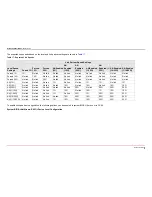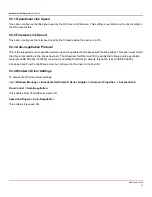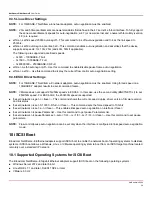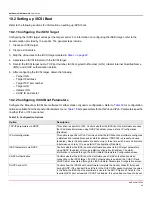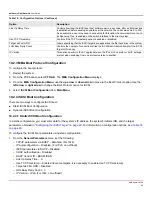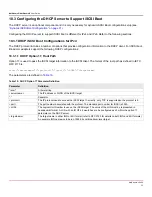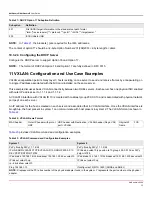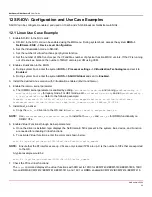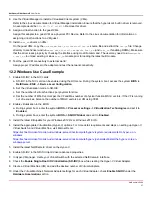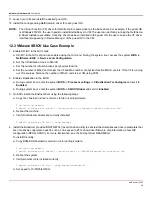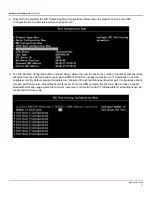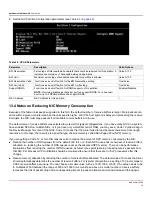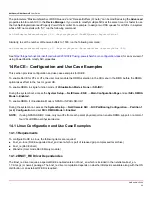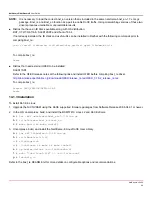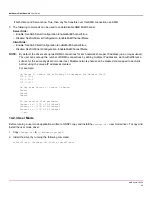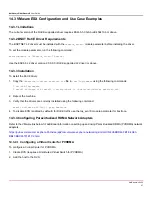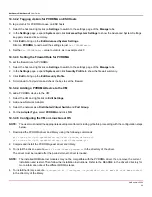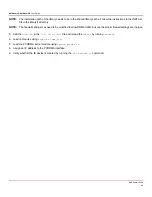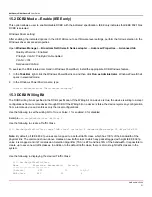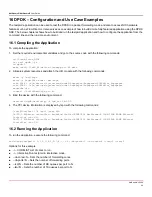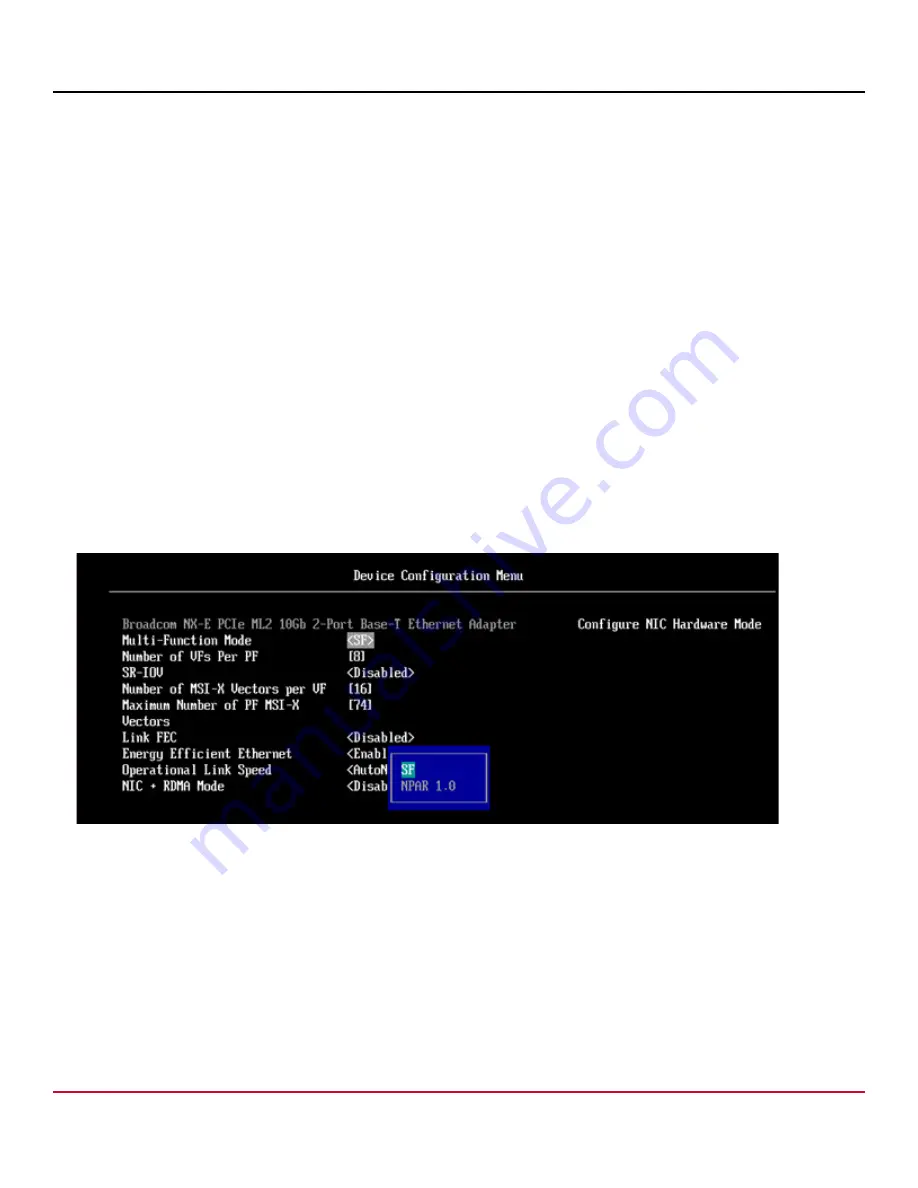
NetXtreme-UG100
40
NetXtreme-C/NetXtreme-E
User Guide
Supports stateless offloads such as, LSO, TPA, RSS/TSS, and RoCE (two PFs per port only).
Alternative Routing-ID support for greater than eight functions per physical device.
NOTE:
In the
UEFI HII Menu
page, the NXE adapters support up to 16 PFs per device on an ARI capable system. For a
2 port device, this means up to 8 PFs for each port.
13.2 Limitations
Shared settings must be suppressed to avoid contention. For example: Speed, Duplex, Flow Control, and similar
physical settings are hidden by the device driver to avoid contention.
Non-ARI systems enable only eight partitions per physical device.
RoCE is only supported on the first two partitions of each physical port, or a total of four partitions per physical device.
In NPAR + SRIOV mode, only two VFs from each parent physical port can enable RDMA support, or total of four VFs +
RDMA per physical device.
13.3 Configuration
NPAR can be configured using BIOS configuration HII menus or by using the Broadcom CCM utility on legacy boot systems.
Some vendors also expose the configuration via additional proprietary interfaces.
To enable NPAR:
1. Select the target NIC from the BIOS HII Menu or CCM interface and set the Multi-Function Mode or Virtualization Mode
option. The choice of options affects the whole NIC instead of the individual port.
NPAR is enabled in combination with SR-IOV. For some ARI capable OEM systems, the
NParEP
button is available to
explicitly allow the BCM5741X to support up to 16 partitions. Switching from Single Function mode to Multifunction mode,
the device needs to be re-enumerated, therefore changes do not take effect until a system reboot occurs.
Содержание NetXtreme-E
Страница 1: ...NetXtreme UG100 August 23 2018 NetXtreme C NetXtreme E User Guide...
Страница 58: ......

